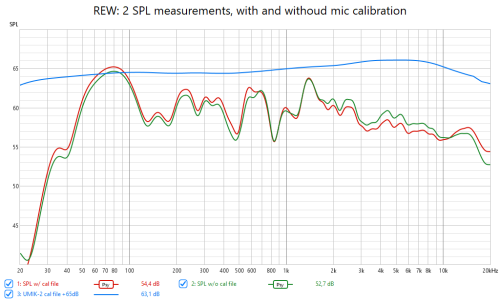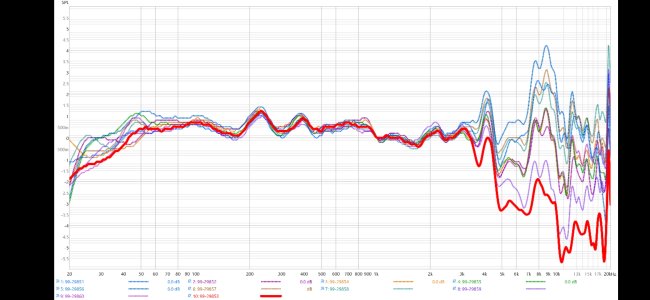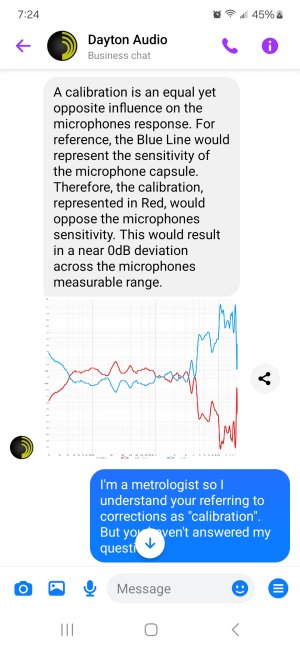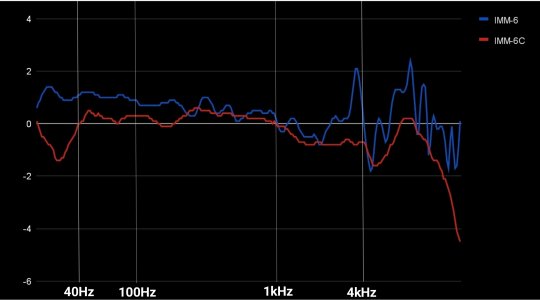slartibartfast
Major Contributor
- Joined
- Apr 18, 2024
- Messages
- 5,415
I am now confused by the way REW handles calibration files. As I understand it the Dayton Audio calibration files contain gain values to be added to the measured response to obtain corrected values for each frequency. REW subtracts the calibration curve instead of adding it. Maybe I am wrong about the calibration files but allegedly Dayton Audio confirmed it here

 sound.stackexchange.com
sound.stackexchange.com
Dayton Audio mic calibration file details
Dayton Audio provides calibration measurements for some of their mics in the form of a text file mapping frequencies to gains for that particular mic (by serial number), e.g. one of mine is: *1000H...




